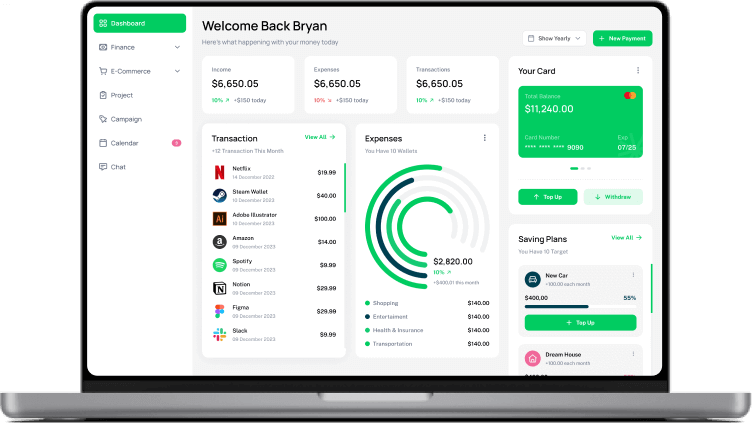Cross-selling
Definition: Cross-selling is selling a customer a product that’s related to the item that’s being bought already so that a customer would spend more. It is the selling of a customer complementary or supplementary products.
Detailed Explanation
Cross-selling is a sales approach implemented to get more revenue from the same clientele by offering products related to the one being considered or complementing the one on sale. It differs from upselling, in which a more expensive option is advised, while cross-selling proposes an additional item to further increase the customer’s dependency on your company’s product or service.
For example, if a customer buys a new phone; cross-selling will suggest they also purchase a case, a screen protector, earphones, or other related accessories. This strategy can lift the average transaction value and, at the same time, ensure that customers find more value in their initial purchase.
Effective cross-selling can help:
- Increased Revenue: Ability to sell more products with each transaction means that businesses can boost their total revenue significantly.
- Improved Customer Retention: A multiply-purchasing customer is generally of higher value and more engaged with the brand.
- Enhanced Customer Experience: This approach can make the customer feel like they are being cared for and understood, thus improving the overall customer experience.
Importance in the Sales Process
- Boosts Revenue: Cross-selling generates increased total sales volume without the need to acquire new customers.
- Deepens Customer Relationships: Companies that succeed in matching the needs of customers with additional products can deepen the relationship they have with customers. In this way, companies are able to foster customer loyalty and repeat business.
- Augments Customer Value: Customers get more value from their purchase which increases satisfaction and chances of re-purchase in the future.
- Optimizes Marketing and Sales Efforts: Cross-selling products to customers, based on knowledge from the existing customer base, is cost-effective because it reduces costs spent in marketing and acquisition.
Real-World Example
For example, the banking industry’s classic cross-selling is apparent when one opens a checking account. The bank offers customers savings accounts, credit cards, and insurance services. This not only increases the bank’s revenue but also binds the customer deeper in the bank’s ecosystem, making it harder for the client to switch to a competitor. This strategy can be seen in e-commerce, for example, when online retailers like Amazon carry out cross-selling techniques to their customers. When an order is made for a book to put in the shopping cart, other best-sellers within the same genre or by the same author are displayed as other products that might interest the customer.
- Effective Sales Quotas: Strategies, Challenges, and Best Practices
- Glossary: Key Performance Indicators
- Understanding the Key Characteristics of Effective Incentive Compensation Plans
- Adapting to Change: 6 Proven Techniques for Managing Sales Compensation Plans for GTM Teams
- Glossary: Annual Recurring Revenue

